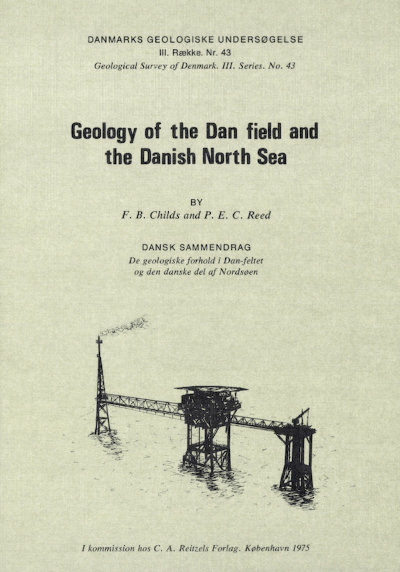Geology of the Dan field and the Danish North Sea
DOI:
https://doi.org/10.34194/raekke3.v43.6948Abstract
The Dan field was discovered in 1971 by the Dansk Undergrunds Consortium's fifteenth offshore wildcat, which encountered oil and gas in Maestrichtian and Danian chalk at the subsea depth of 5790-6565 feet. Production of some 800 BOPD from each of five wells began in July 1972.
The field lies on the eastern flank of the North Sea Tertiary basin and near the axis of the Central Graben, a deep trough filled with a thick sequence of Permian to Cretaceous sediments. Upper Cretaceous-Danian chalk at the top of the sequence provides the reservoir for several further hydrocarbon accumulations in offshore Denmark. Geochemical studies indicate that deeper Upper Jurassic marine shales are the probable source beds for these accumulations.
The Dan field is a halokinetically induced domal anticline. The chalk reservoir has an average porosity and permeability of 28% and 0.5 millidarcy, respectively. The solution GOR is 600 cu. ft./bbl and the crude oil is 30° API with low sulphur content (0.29%).
Downloads
Published
Issue
Section
License
This article is distributed under a CC-BY 4.0 licence, permitting free redistribution and reproduction for any purpose, even commercial, provided proper citation of the original work. Author(s) retain copyright over the article contents.


